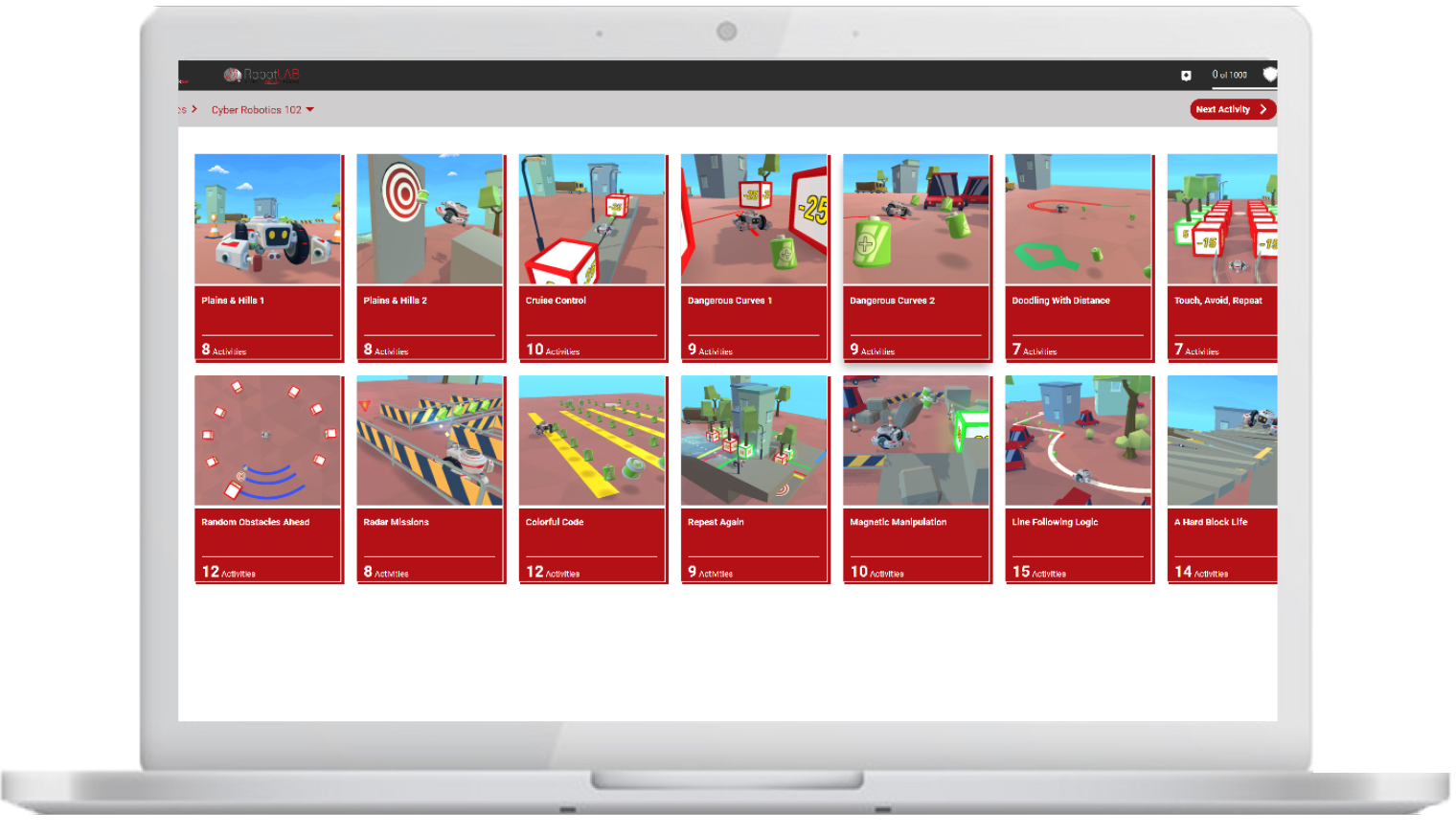By Michael Bodekaer Jensen.
 Image by: https://www.vecteezy.com/
Image by: https://www.vecteezy.com/
Learning may have moved online for most students, but critical STEM education doesn't have to suffer the learning gaps brought on by the COVID slide--here's why
Student regression is no longer just a summer issue, and we are seeing the learning losses magnified since remote learning began. What Dr. Megan Kuhfeld and Dr. Beth Tarasawa call the “COVID slide” in performance is going to slip right into spring 2021.
Overcoming the pronounced academic setbacks characterizing the COVID slide will challenge STEM educators for years to come. High impact learning losses are predicted for foundational skills in math and reading as early as third grade, placing future success in STEM areas on shaky ground.
As educators and leaders in education technology, it is our responsibility to work on building hybrid solutions to bridge the gaps students are facing.
Here are some of the most immediate ways we can begin to tackle the COVID slide:
1. Providing the right education support
High school students on STEM pathways are taking a challenging course of study, and they will need additional support to maintain their pace toward college readiness. Other students — especially if they are girls or students of color — risk being left out of STEM careers altogether if they cannot build strong conceptual foundations during high school.
Overall, the educational inequities have been exacerbated by the pandemic, and the COVID-19 educational response longitudinal survey found that remote learning programs are less rigorous in more schools located in historically higher-poverty and low-achieving districts than in wealthier, higher-achieving districts. Another recent study found that households located in higher-income areas were much more likely to search Google for online resources to supplement their education than households in lower income areas.
Students need more individualized support to meet them where they are in this unprecedented situation, whether it be a need of basic resources like laptops and internet, or more one-on-one time with guidance counselors and educators. Remote learning offers a new opportunity to be creative about how we support our students.
2. Provide more opportunities
Opportunities for learning are not evenly distributed, especially during the pandemic. Yet our teachers are still tasked with preparing the next generation of students to enter the workforce in a market where students will compete for jobs in increasingly technical fields.
Now is the time to make high quality online STEM education available in high schools. Online STEM tools provide teachers with efficiency gains, such as easier grading and ways to support students who miss assignments.
Teachers can find free and low-cost digital learning tools to supplement their traditional lessons with videos, kitchen science labs, augmented reality (AR) simulations, and narrative-driven virtual laboratories. They can find tools like Kahoot, Quizlet, Newsela, and more to support their instructional method, whether it’s team-based learning or flipped classroom, tools that teach procedures, skills or concepts, and tools to assess learner engagement and progress. Teachers can share the best online learning resources with their peers, to the benefit of their students.
3. Edtech companies must help teachers
No online science simulation can replace a great teacher. In fact, it is the thoughtful integration of digital resources within well-constructed curricula by teachers that allow online STEM programs to truly enhance students’ learning quality. It is not sufficient to simply present a student with a resource without topical or pedagogic context.
STEM learning is most successful when students are emotionally and cognitively invested in their learning activities, allowing them to make deep critical connections to the knowledge they engage with. When students are not receiving face-to-face instruction, they may struggle to connect with the abstract concepts and factual content they study. Promoting engagement is where online STEM programs can make a critical difference.
Education technology companies can step up to provide more resources to engage with teachers and educators in helping them utilize new online programs. Some companies create virtual conferences dedicated to addressing their needs to best integrate edtech tools into their spring courses.
Now, in the age of social distancing, we must bring the science lab to the student rather than bringing the student to the lab. Taking a high school science class once meant going to a wet lab and sharing expensive equipment and supplies with peers. Online STEM education demands no special equipment, supplies, or physical resources apart from a computer and stable internet connection. Learning with the support of their teachers and peers, students can access STEM material in their own homes without the heightened health and safety risks of COVID.
Bringing STEM education online is not about a technology or delivery method, it’s about the teaching and the learning. Using online STEM resources to engage students, enable them to regain lost ground using mastery-based learning, and facilitate their progress toward educational goals, will positively impact their academic journeys through graduation, college and beyond.
Discover more about STEM with RobotLAB and Coder Z!

CoderZ is an online educational environment that improves students 21st century skills, while they are having fun programming their own virtual cyber robot. CoderZ and RobotLAB has different lessons to do at home! Check them out Here
